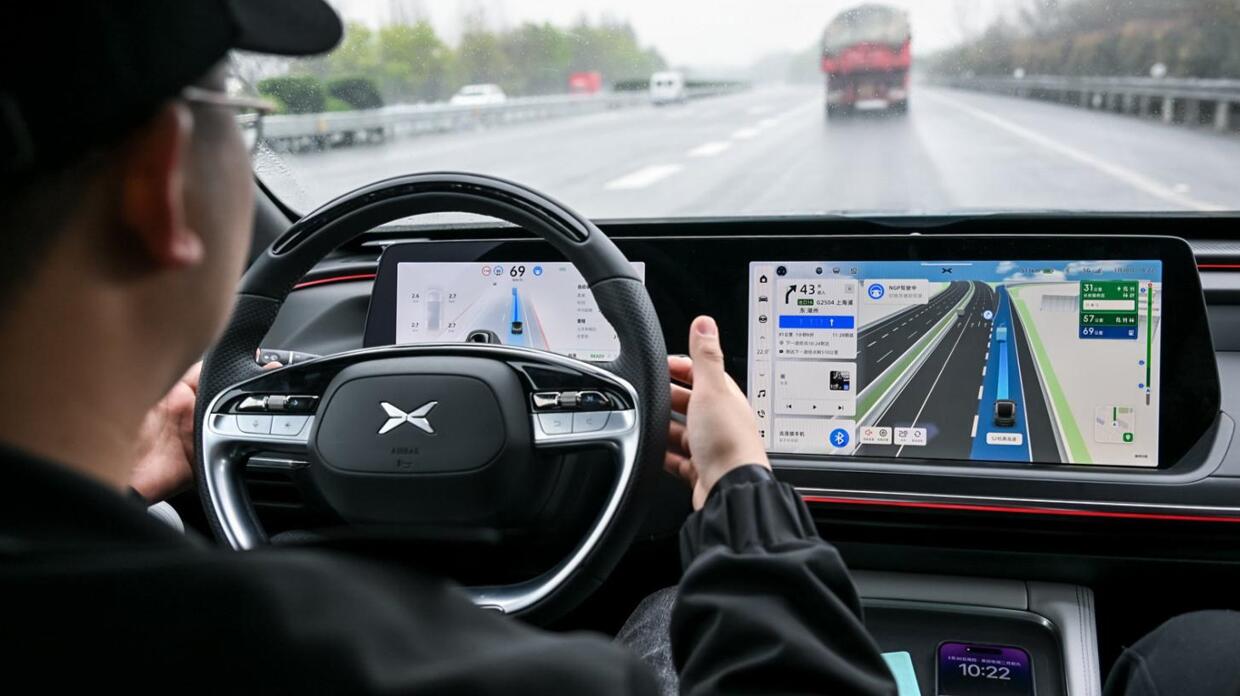US semiconductor giant Nvidia is bolstering its autonomous driving division in China with the recent addition of industry veteran Wu Xinzhou. Having posted a job advertisement on November 28, the company is actively recruiting talent for its autonomous driving team in China, headed by Wu, who previously served as the smart driving chief at Xpeng.
The job listings encompass roles in Product Engineering, Data Curation, and Auto Labeling, with office locations spanning Beijing, Shanghai, and Shenzhen, as outlined in the recruitment announcement. Nvidia’s Drive ecosystem boasts collaboration with numerous entities, including automakers, truck manufacturers, shuttle companies, Tier 1 suppliers, sensor makers, software companies, mapping firms, and startups.
Wu Xinzhou, now leading Nvidia’s autonomous driving endeavors, brings extensive experience in automotive research, according to the job ad. He emphasizes China’s conducive environment for high-level autonomous driving technology, asserting that the nation has cultivated top-notch talent in the field. Wu envisions his team leveraging the local expertise to develop globally applicable autonomous driving products.
Formerly associated with Xpeng, Wu joined the company in March 2019 and played a pivotal role in establishing it as a prominent name in China’s autonomous driving technology landscape. At Xpeng, he oversaw autonomous driving technology road-mapping, business and team management, reporting directly to He Xiaopeng, the EV maker’s Chairman and CEO.
Wu’s departure from Xpeng in August marked his transition to Nvidia, where he assumed the role of Head of Autonomous Driving. Li Liyun, the head of Xpeng’s XNGP (Navigation Guided Pilot) program team, succeeded Wu at Xpeng.
Xpeng, on the other hand, recently announced an Over-The-Air (OTA) update, expanding the coverage of its HD map-independent XNGP feature to 20 additional cities. The company aims to make XNGP available in 50 cities by year-end and to extend coverage to the road networks of major Chinese cities by 2024.







